Black Crows, a ski brand made in Haute-Savoie
Black Crows is a French ski brand based inChamonix Mont-Blanc. Founded in 2006 by professional skiers Camille Jaccoux and Bruno Compagnet and industrialist Christophe Villemin, Black Crows was born of the desire to combine aesthetics and efficiency in a pair of skis. Black Crows creates objects whose elegance contrasts with their performance, and seeks sensory pleasure through freedom and adventure.
Black Crows believes in the power of its wooden boards, which is why it asked its iconic and charismatic ambassadors to talk about their relationship with their favorite ski.
Their choice of ski size depends on their expectations, whether it's a ski that will carry them through their alpine mission, or one that will give them total control in the toughest conditions. Then they personalize their binding settings, either by moving them forward so that their tips aren't too long, or by moving them back for a softer landing, but again, it depends on your expectations. 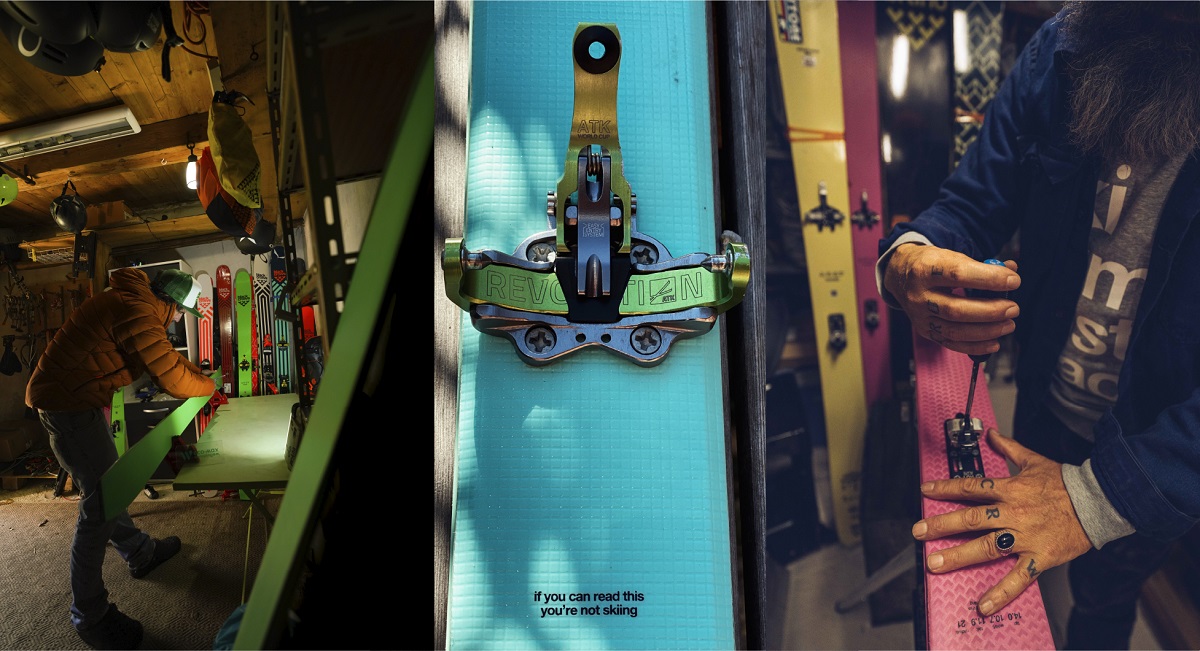
Like all skiers, we all have our little secret techniques...
When touring, Bruno Compagnet wraps his skins under his knees around his calf for when he needs to strip them and then put them back on. It's an easily accessible area that doesn't get in the way. On the other side of the world, at the gateway to Yellowstone National Park, Beau Fredlund does exactly the same thing.
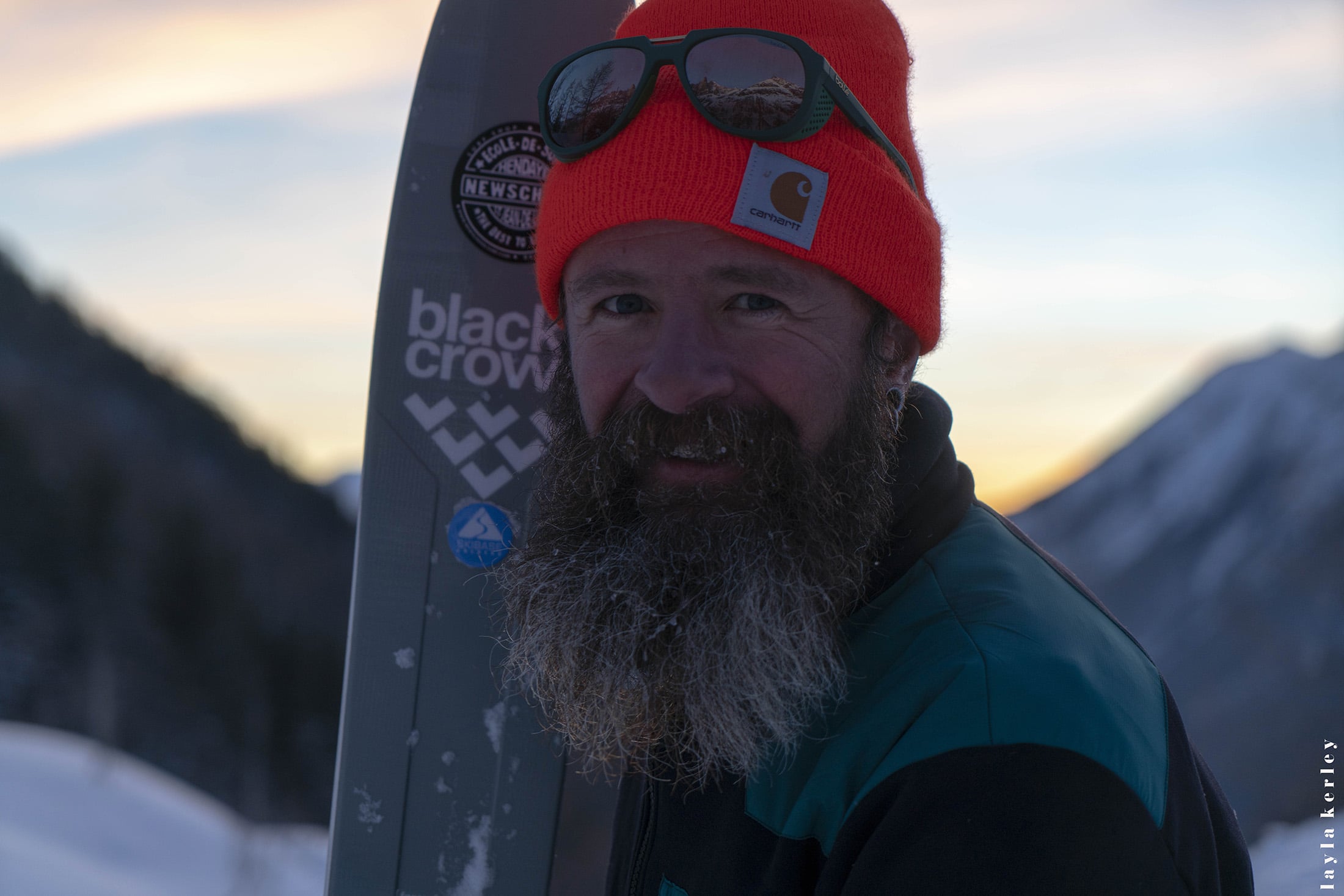
Mark Abma traps his trouser gaiter with his boot strap to prevent it from accidentally riding up, thus preventing snow from penetrating it. 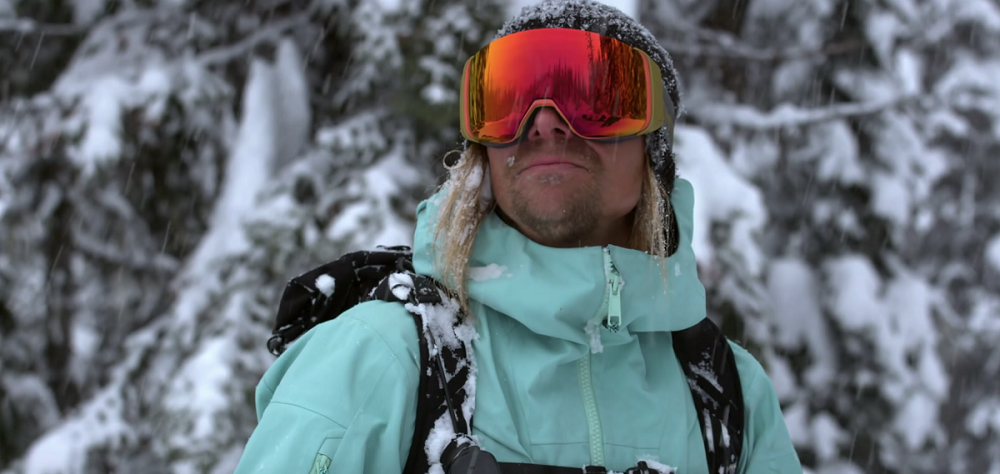
Liv Sansoz always closes her bindings in the up position to preserve spring power. 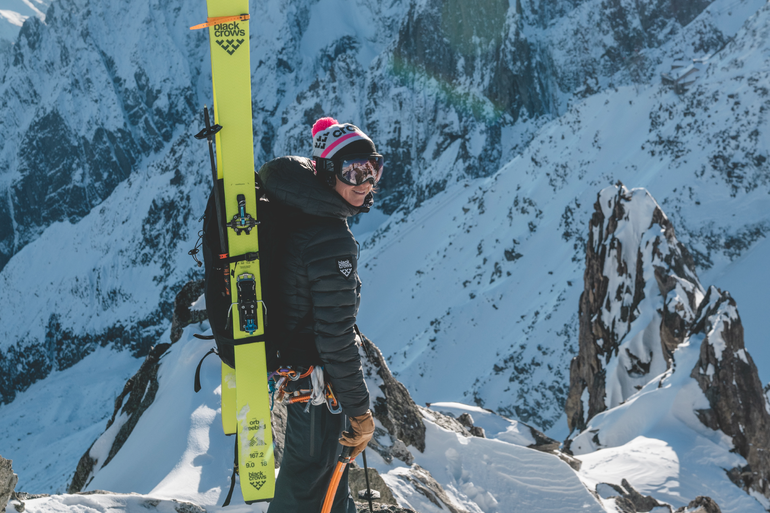
The Black Crows brand up close
The brand has developed around skis that are playful, efficient and reliable. Skis with original designs that quickly conquered the international market thanks to a clever blend of performance and elegance. Winner of numerous awards from specialist magazines, the brand has also made a name for itself in terms of communications, with innovative advertising campaigns, musical events in town and in the mountains, and original partnerships with brands and concept stores.
If the Back Crows spirit had to be summed up, it would be one of openness to the outside world, uncompromising performance and inflexible independence. Today, with 83 models produced since 2006, the small Chamonix-based brand has grown and is now looking to the international market.
Black Crows launched its very first skiwear collection in collaboration with Gore-Tex in autumn 2015... Yorgo Tloupas and his Yorgo&co design office are still the masterminds behind the outfitting, while pro-skier Julien Regnier Lafforgue has come to bring his science to ski design. Bruno Compagnet and Camille Jaccoux are still on the skis, and more than ever involved in product and brand development.
Julien Regnier, an idealistic designer, explains how he has added dynamism to models already appreciated by countless male and female skiers around the world.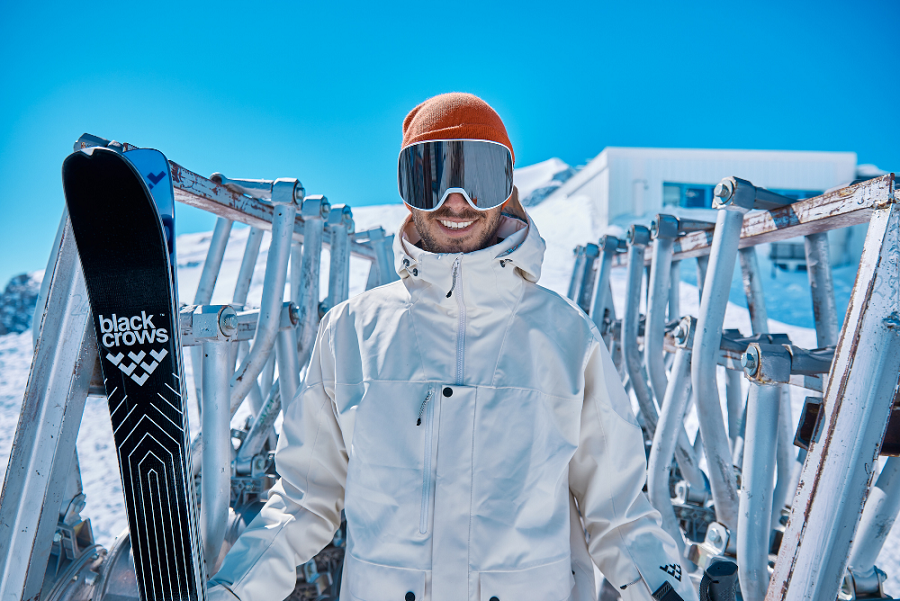
The new Camox ski design
Why did we want to modernize such respected skis as the Camox? ?
These are all-terrain skis that needed to be rebalanced, as they had several shortcomings on the trail. They were a little stiff underfoot, not very easy to turn into, and their sidecut was too powder-oriented. So I tried to make them easier and more playful, but with an edge that held better. The aim was for them to perform just as well off-piste without having characteristics that were too restrictive for the trails. 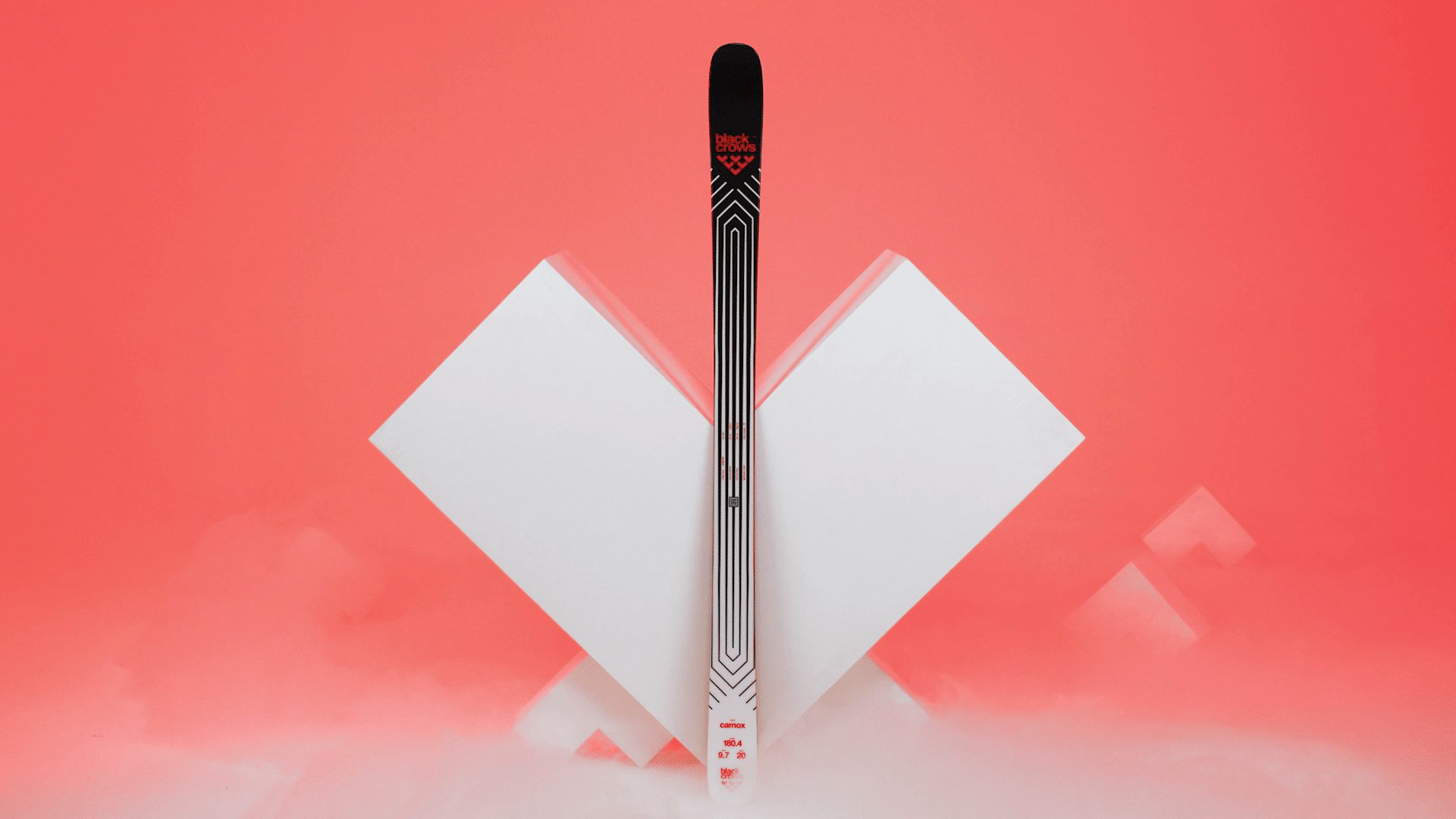
How did you achieve this goal?
I widened the toe and heel to give the tips better support. These new toe lines were combined with a softer flex underfoot. This way, the skis deform well. They have better turn entry and are even more playful. 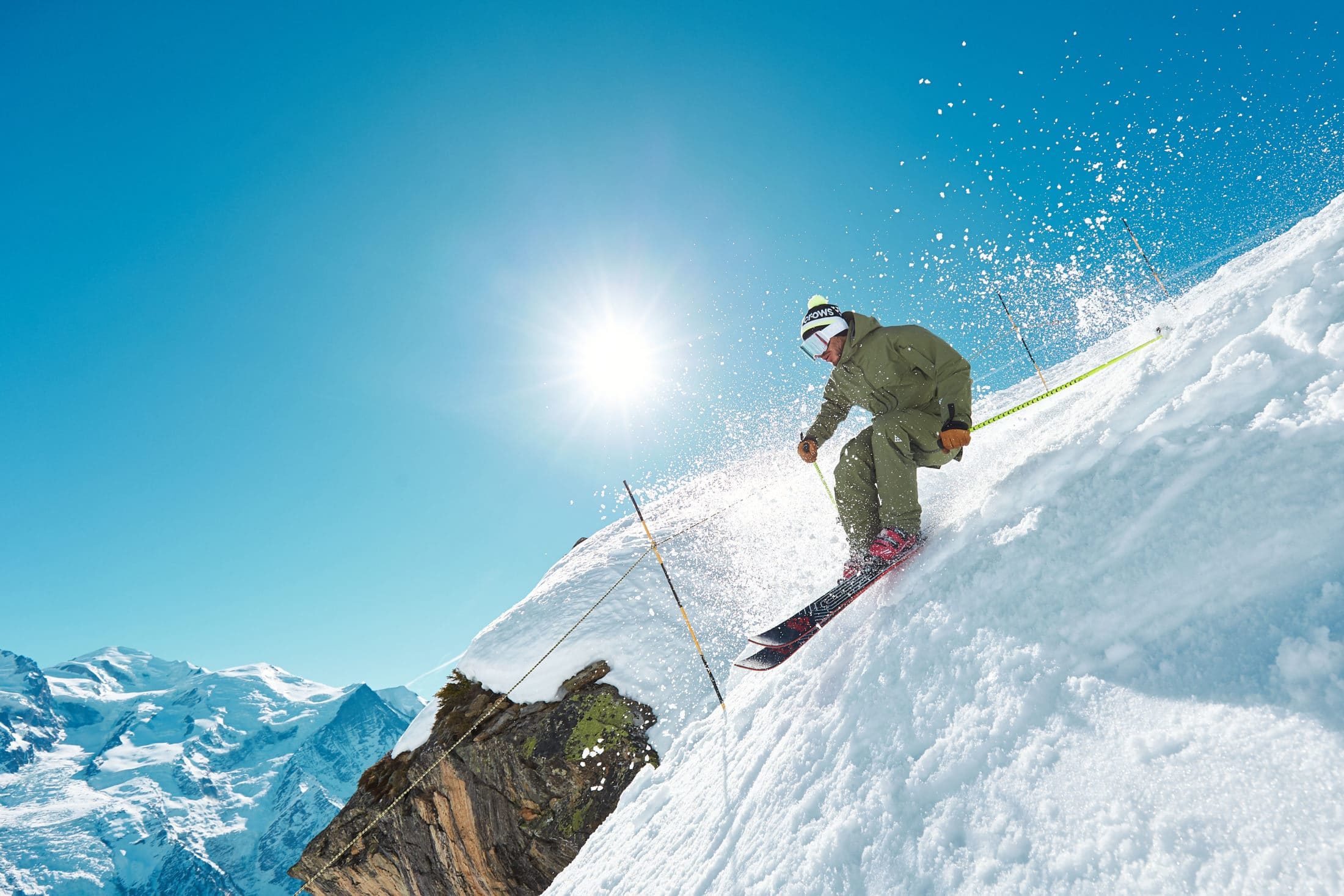
Who would you recommend this model to?
A skier who wants to ski all terrains, but isn't too stressed by powder conditions. With these skis, you know you've got an all-terrain weapon. A ski that's not too heavy, that floats underfoot and is very playful. These skis are adapted to the different conditions that can be found in ski areas.
Why are skis like these in the new collection?
These are powder skis that give the touring range a taste of double-tip. Wide and bi-directional for powder skiing, they hold the edges much better. They perform much better on hard surfaces, even if they remain a powder ski. 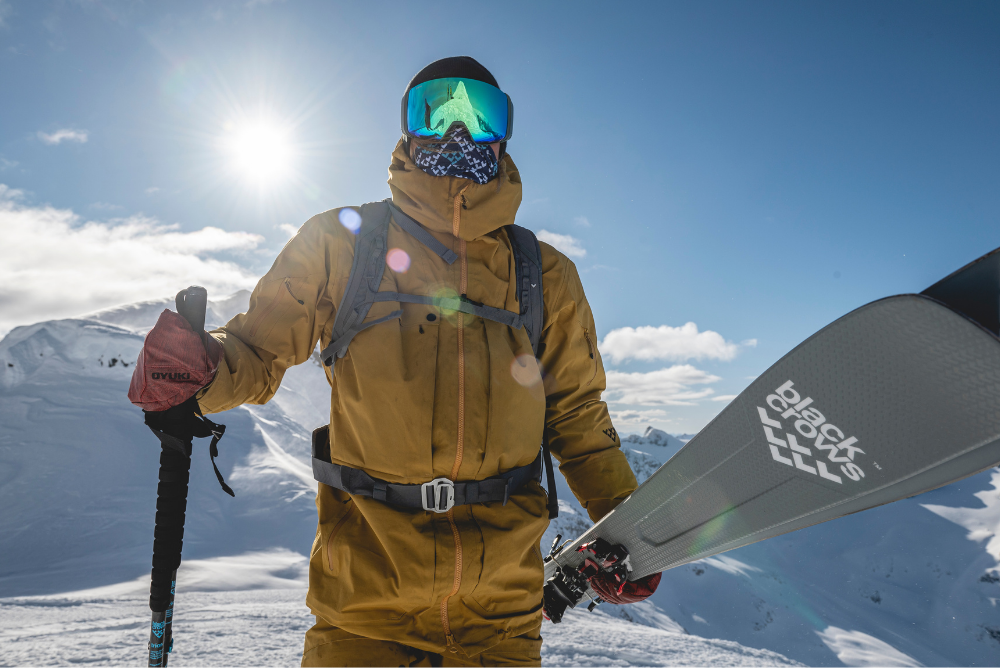
The design is the result of technical research. We worked on it in 3D to take into account all the stresses on the edges. The skis are profiled to reduce weight while maintaining energy transmission. With this three-dimensional carbon construction, they acquire rigidity without affecting their flexibility. The result is a well-balanced ski that's playful yet solid underfoot.
These are modern, playful skis. Easy to handle, they naturally become everyday skis, because they know how to do everything, and are a real treat in powder or on spring snow.
The Solis ski, dedicated to steep slopes
In a world where versatility is omnipotent, releasing a ski dedicated to steep slopes could be considered a pretentious risk. Nevertheless, the elegance of its line and its rugged looks arouse the curiosity and envy of many skiers who are not specialists in jumping turns in the air.
Why make a ski specifically for steep slopes?
The idea was to create a sturdy, true-to-life product for mountain use, with very few constraints on weight. We wanted a ski designed for mountain skiers whose primary objective is not the summit, but the descent.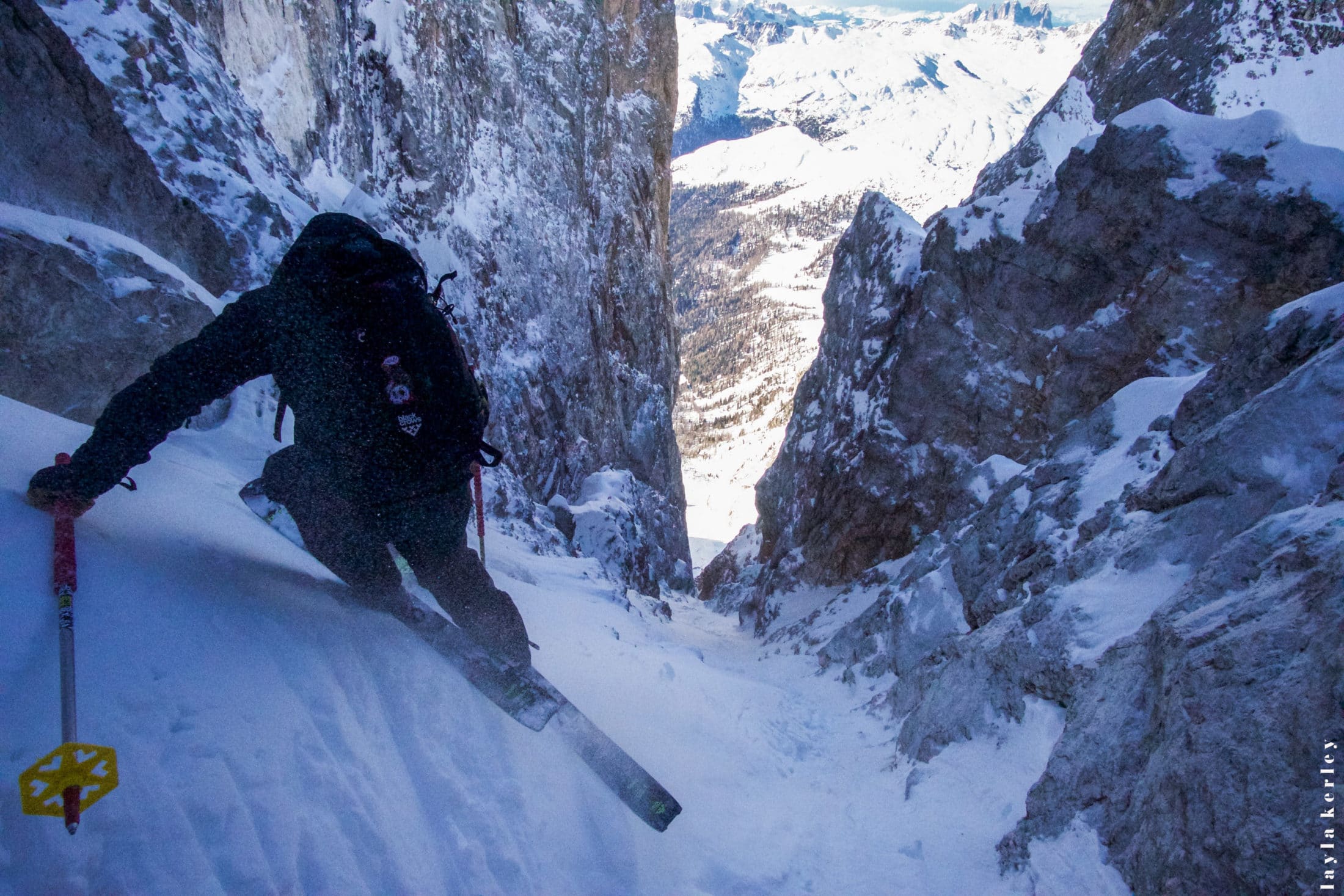
A mountain ski with no weight constraints sounds contradictory...
We know that weight will be too great a constraint to create a ski that works well. That said, we still had an acceptable objective, because we know that in the mountains, lightness is an advantage. But we also wanted a ski that would hold its edges well, be robust and pleasant to ski.
And what's the purpose of this square tip?
There are a lot of constraints when you're making a ski, so you have to understand them and try to harmonize them. The tip is the only free space you have to add a personal touch. It allows you to have an object that is unique, in fact it's very elegant and a lot of people notice it.
What was the manufacturing process like?
Development took a long time, with a lot of testing, but that's the classic procedure for getting what you want. The ski was too heavy, which wasn't acceptable for its intended use, but we came up with a good compromise between skiability and weight. But yes, it took a while because we really wanted to make a good ski. There was a lot of innovation in the combination of small details, and we had to test, to understand what didn't work, and then test again.
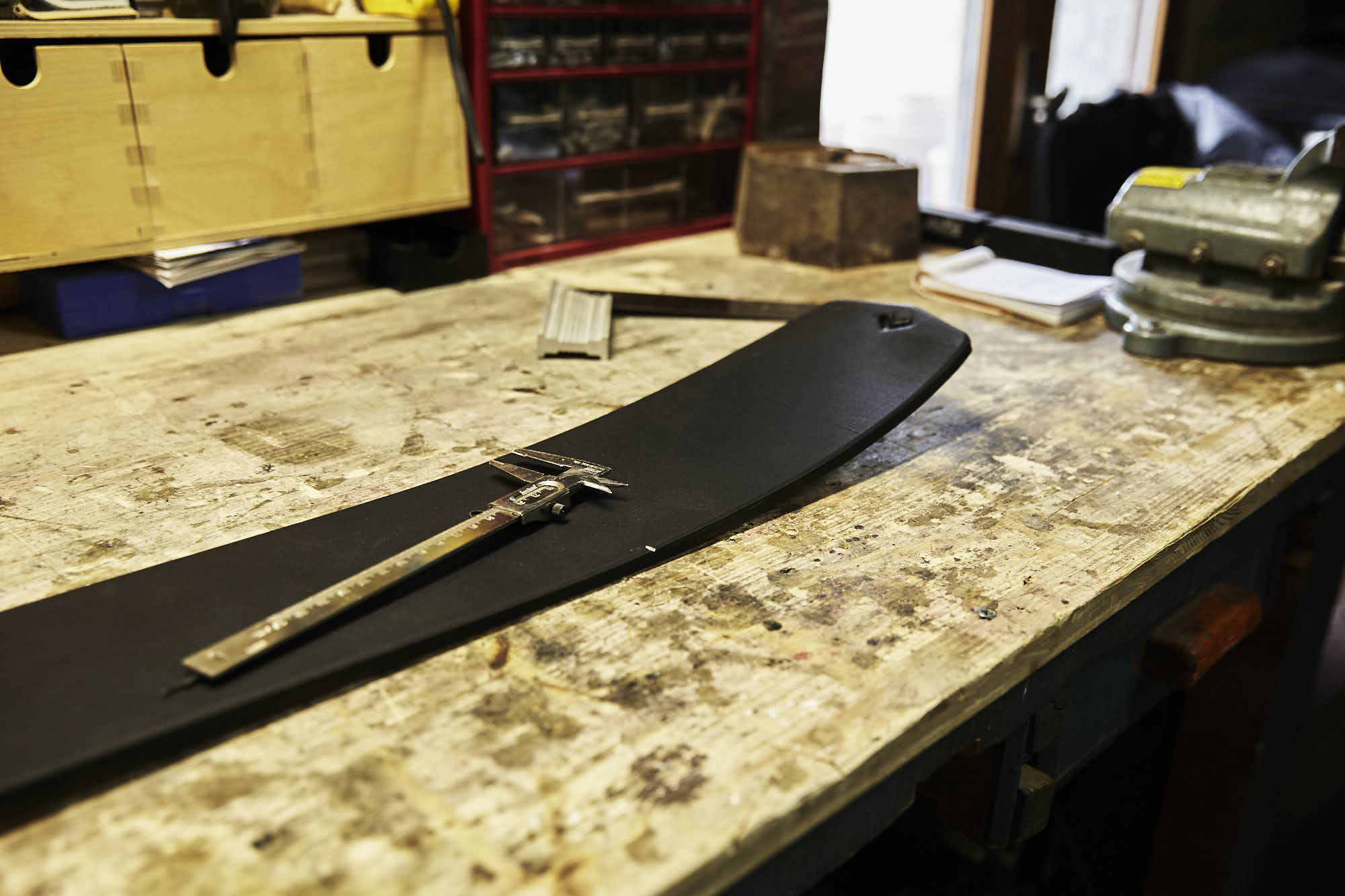
What advice would you give to lucky solis owners? ?
It's really quite a powerful ski, so you really need to put the right kit on it so that it can express all its qualities. For example, if you attach bindings that are too soft at the back, the boot will tend to want to let go and ultimately won't ski well because the binding is always moving. This ski transmits a lot of energy, so there's no need to combine it with floating bindings.





































